Nicole's Review of Our Online Course
This is a re-post of Nicole @Tea for Me Please 's review of our Online Course: Taste Tea like a Professional! To see the original post, please see here.
TASTE TEA LIKE A PROFESSIONAL WITH TEAWALA
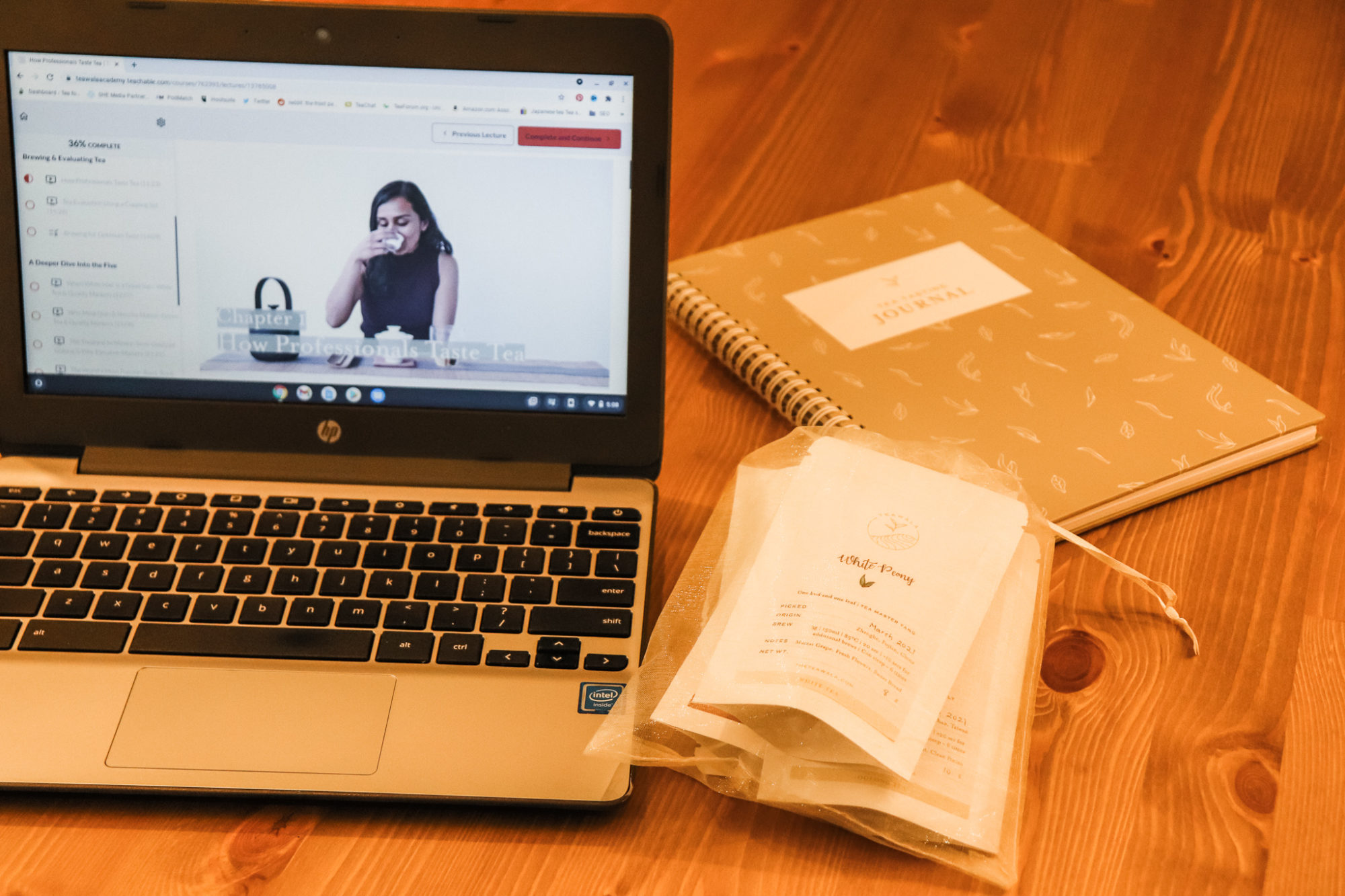
I have been on a bit of a tea education journey the last few years. I’ve taken courses from a variety of sources and even started working on developing some of my own. People often ask for advice about the different certification programs, but I don’t think they are the best fit for consumers just looking to learn more about tea. That is why I was super excited when Mona from Teawala announced her online course, Taste Tea Like a Professional. I recently had the opportunity to experience the course (and Teawala’s wonderful teas) for myself. I’m excited to share my thoughts on it with all of you.
In case you missed it, I interviewed Mona on my YouTube channel. We talked about her journey to founding Teawala and all of the tea countries that she has traveled to.
WHAT IS INCLUDED WITH THE COURSE?
The course can be purchased by itself for $149. However, I recommend springing a little extra for the $185 option that includes a tasting journal and tea sampler.
- Lifetime access to the course
- 150+ minutes of video tutorials
- 20+ downloadable PDFs
- Optional quizzes & assignments
- A private learning community Facebook group
- One-on-one tea chats with the instructor (two 30 minute calls)
- Invitations to open journaling time with your peers, guided by the instructor. Sessions offered occasionally.
The spiral-bound hardcover Tea Tasting Journal is beautifully made. Mona custom-designed her sensory evaluation sheet (which is also included as a download with the course. All of the usual fields are included, like aroma and appearance. The standout for me is the boxes for drawing the tea leaves before and after brewing. I’m not an artist by any means, but it was a fun throwback to science class. It helped me pay more attention to the appearance of the leaves than I usually would.
AN INTRODUCTION TO CAMELLIA SINENSIS
The introduction to the course and tea itself is short and sweet. I appreciated this approach because it is easy to overload beginners with information. Mona talked briefly about the 5 major categories of tea. Herbals were also included, in particular as a way to differentiate them from true teas (those made from Camellia Sinensis). Mona gave examples of the common varieties for each of them.
My gut reaction was to say “Don’t forget about yellow tea!’, but then I put myself in a beginner’s shoes. Is it helpful to load them up with info about a tea they’ve never heard of and aren’t likely to encounter in the wild? The answer is a firm probably not.
There was also a short quiz to test your knowledge. This was presented in an optional way that didn’t pressure students or grade them. It’s a great way to cement what was learned in the video without making someone feel like their knowledge is insufficient.
BREWING & EVALUATING TEA
The next section of the course is comprised of three videos. First up is an intro to the basic concepts of how to taste tea. Video quality can sometimes be an issue with online courses. This one was very high quality with no resolution issues, even with my temperamental wifi. Mona’s suggestions, like eating tea leaves, encouraged exploration and play.
Mona did a great job of explaining higher-level topics like mouthfeel without dumbing them down. The flavor bank download she provided (which is also included in the journal) is super helpful. People that are new to tea often struggle to describe what they are experiencing. It acts as a guide to building vocabulary without prompts that might make someone feel like they are not a good taster.
The second video introduces cupping sets and how to use them. Mona explained why they are used and shared several different ways that tea can be made in them. She walked us through several tastings, describing the teas she tasted and explaining why one might be better than the other. A download of a helpful evaluation sheet made the assignment much easier.
Last but not least was a guide on brewing for optimum taste. Mona expanded on the differences between gongfu and western style brewing. Cold brewing was also covered. There was another short quiz at the end. One thing I enjoy about the Teachable platform is that students can comment and ask questions. Mona then responds to them with more in-depth explanations. The exchange in this section was particularly helpful.
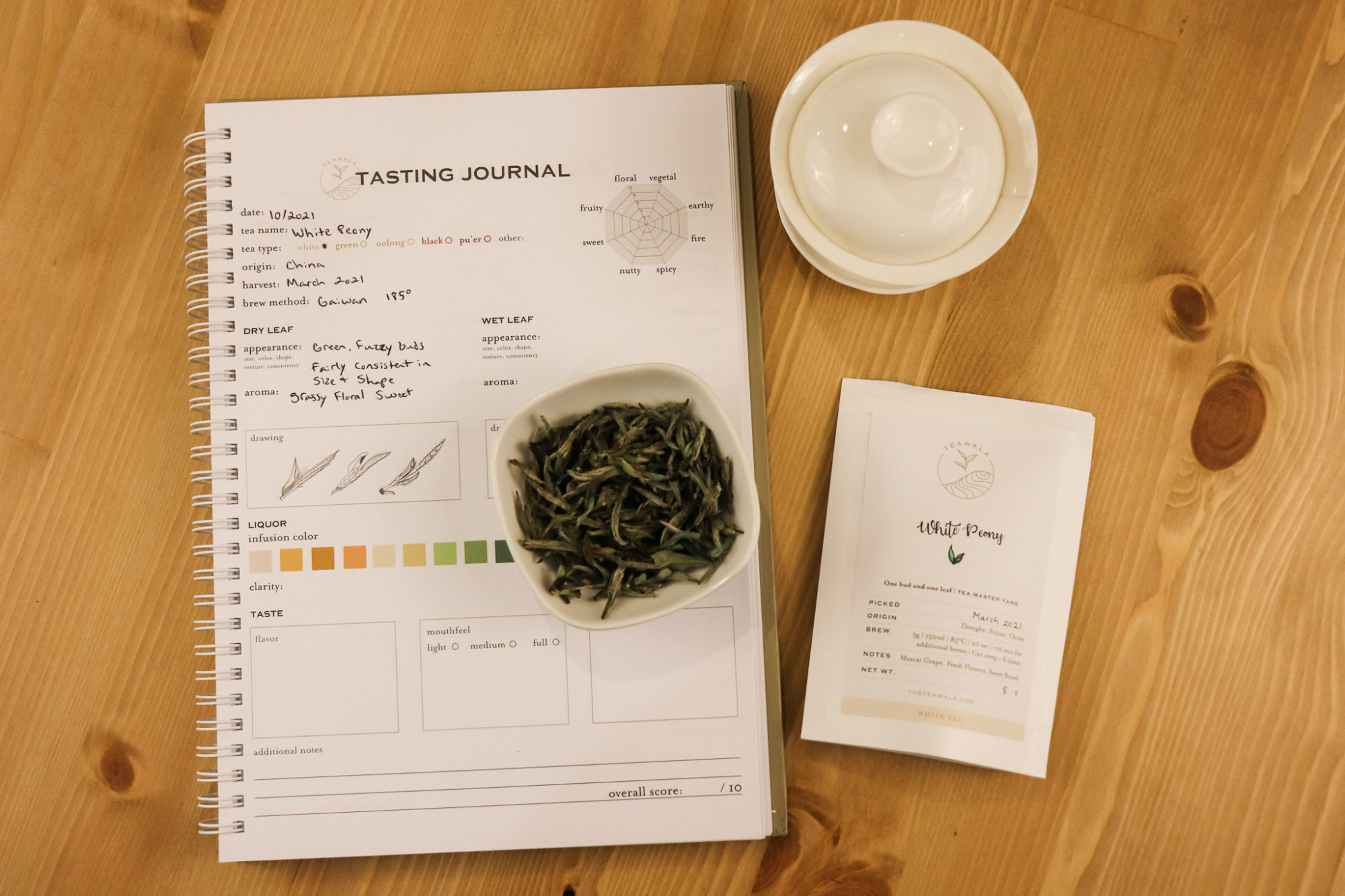
A DEEPER DIVE INTO THE FIVE
The last section of the course was also the longest. It started with a deep dive into white tea. Mona explained all of the Chinese grades. This part was extra special because she was able to speak from her experience visiting a white tea producer in Fujian. I found the comparison tasting of two silver needle white teas very insightful.
I can imagine that the green tea section was difficult to put together. Rather than overwhelm students by showing every tea there is, Mona used select examples that illustrated the variety that can exist within this one category. Teawala doesn’t currently carry any green teas, but she still took the time to include them. I think that speaks to the quality as well as her motivations for putting together this course.
The oolong section primarily compared Chinese and Taiwanese oolongs. This is a massively diverse category. I can imagine it was as challenging as green tea to distill. Mona covered many different styles and regions in a concise and easy-to-understand way. The PDF downloads included visuals on how to tell the quality of the wet and dry leaf of high mountain oolong.

Black tea was particularly fun as we got to see Mona do a blind tasting of several different black teas. I know from experience that it is easier said than done, but she did a great job of talking us through her thought process. Black tea is plagued by contentious issues like low-quality tea bags and unfair labor practices that were inherited from colonialism. She addressed these issues appropriately without getting too deep or political about it.
The puerh section impressed me because Mona recruited the help of a fellow tea vendor. That is not something you see every day! I love the spirit of collaboration. She also gave several helpful recommendations for books that can provide deeper context and information on this very complex topic.
WRAPPING UP
In case it was not already apparent, I thoroughly enjoyed my experience with this course. The teas Mona has sourced through Teawala are truly excellent. I love that she has a personal connection to each and every one. My favorite of this bunch was definitely her White Peony. I even enjoyed the lemongrass! Regular readers will know that tisanes are not my thing.
I would definitely recommend Taste Tea Like a Professional to anyone who just starting on their tea journey. There is a lot of information but at the same time, it isn’t too much. It is helpful that you can watch everything at your own pace, especially since it includes lifetime access. There are lots of jumping-off points where you can explore further if you want.
Small, do-able assignments were sprinkled throughout each section. They were designed with helping students translate what they were learning into practical applications. It wasn’t super clear which teas should be tasted during each part of the course. For many students, I think that is a good thing. It allows them to watch the course and drink at their own pace.
Thank you to Mona and Teawala for sharing your teas, allowing me to take this course, and for sponsoring this post!
This post is sponsored by Teawala. Opinions are my own.
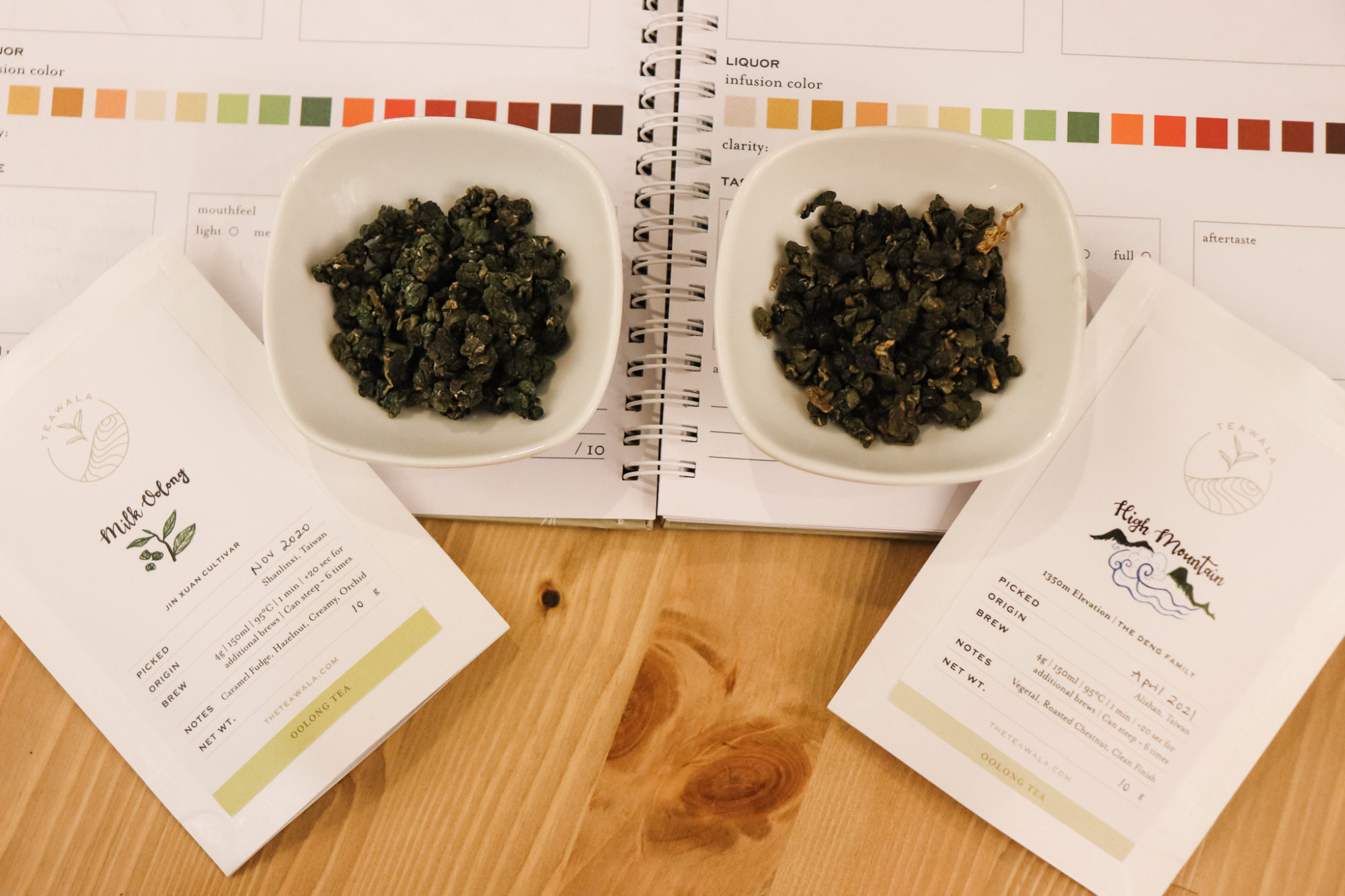
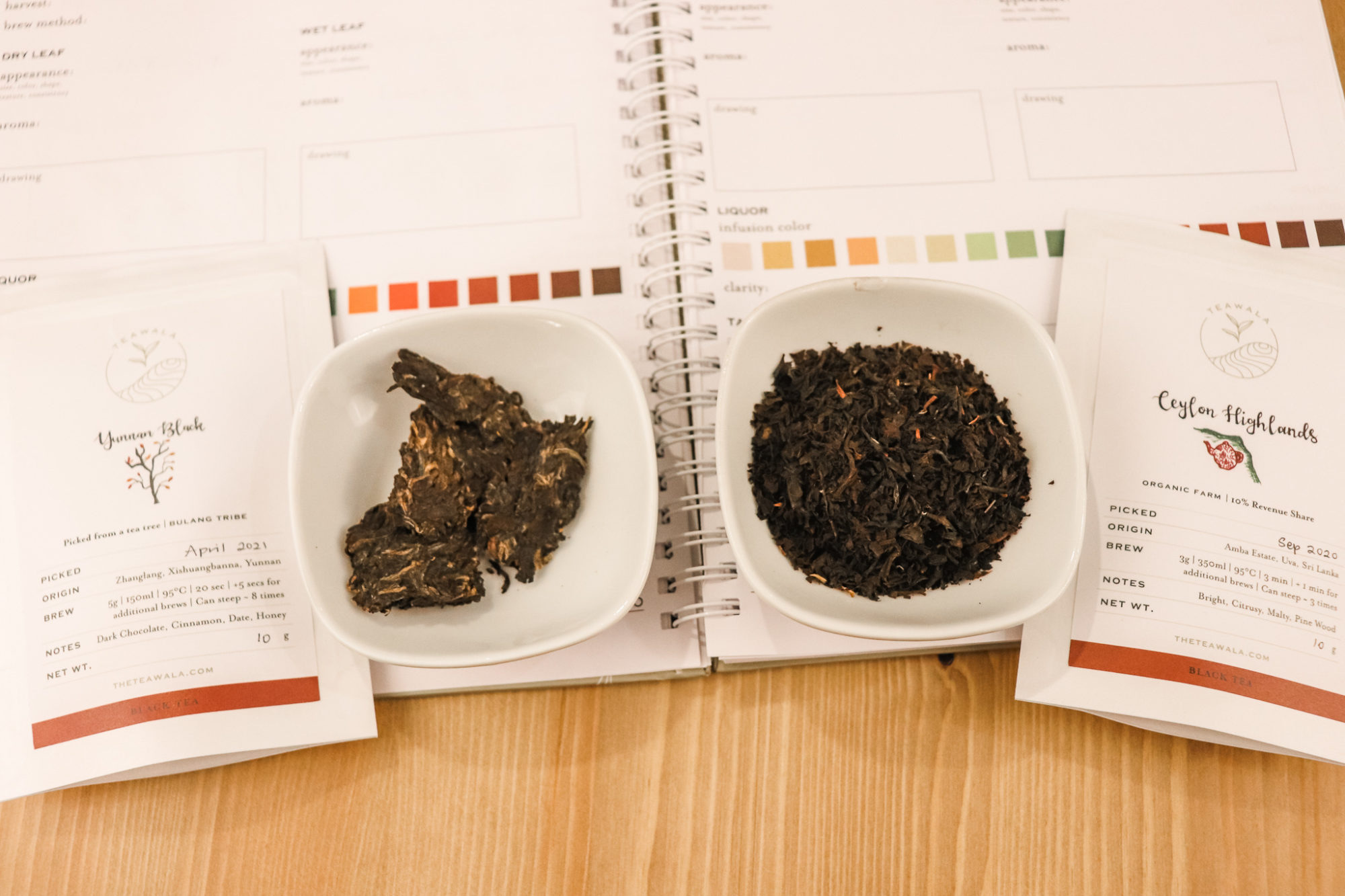
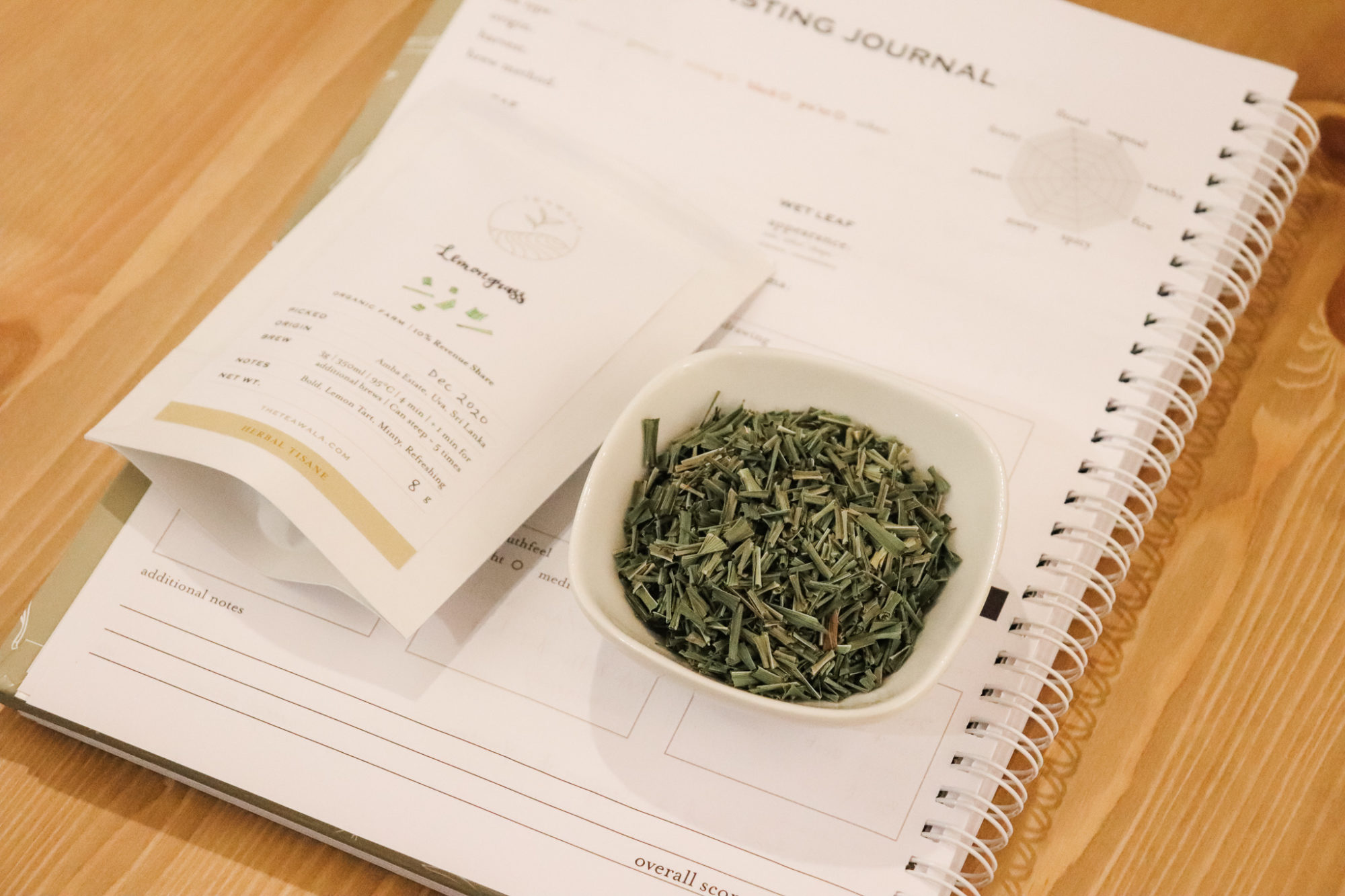
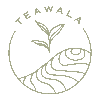
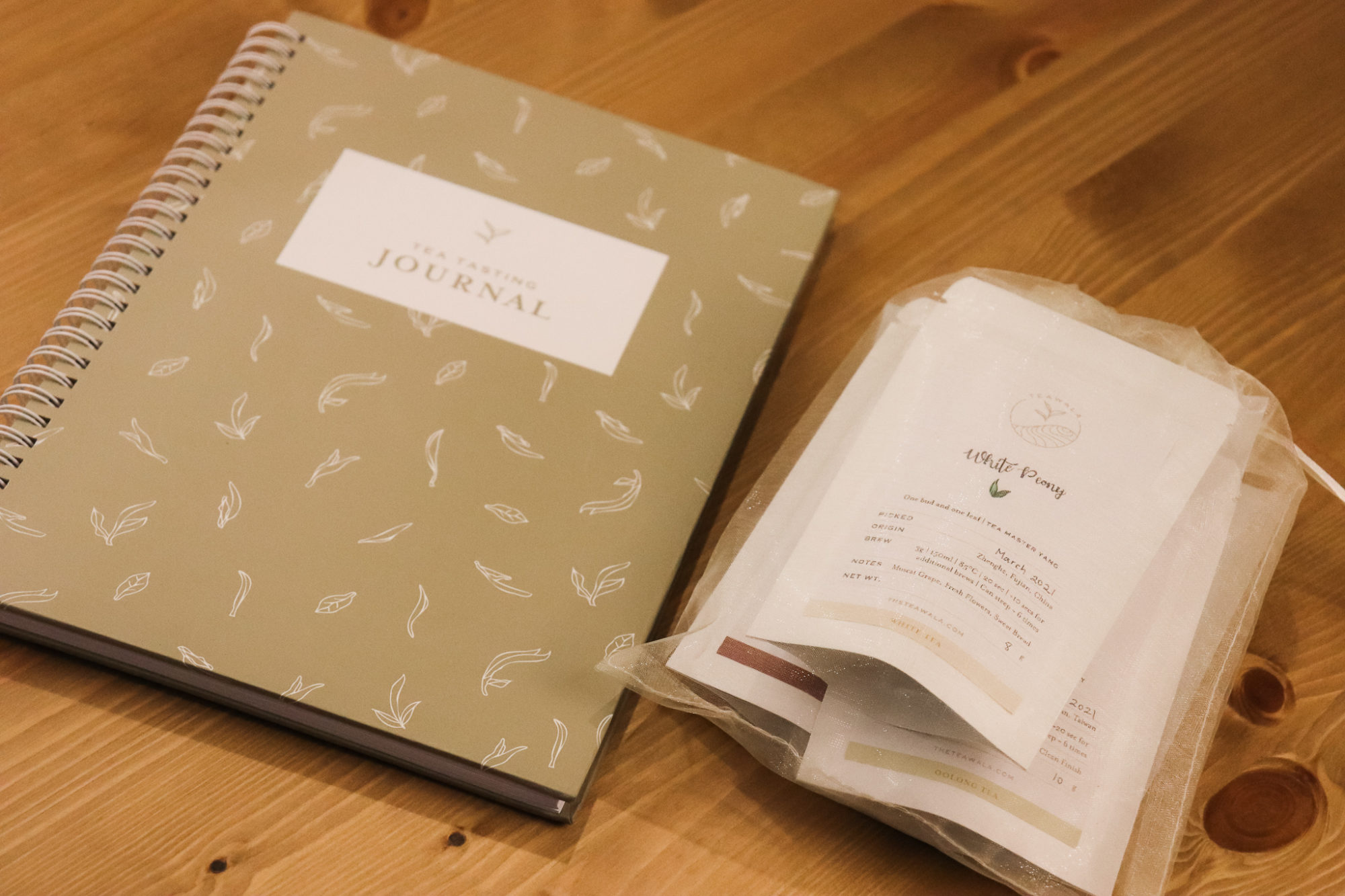
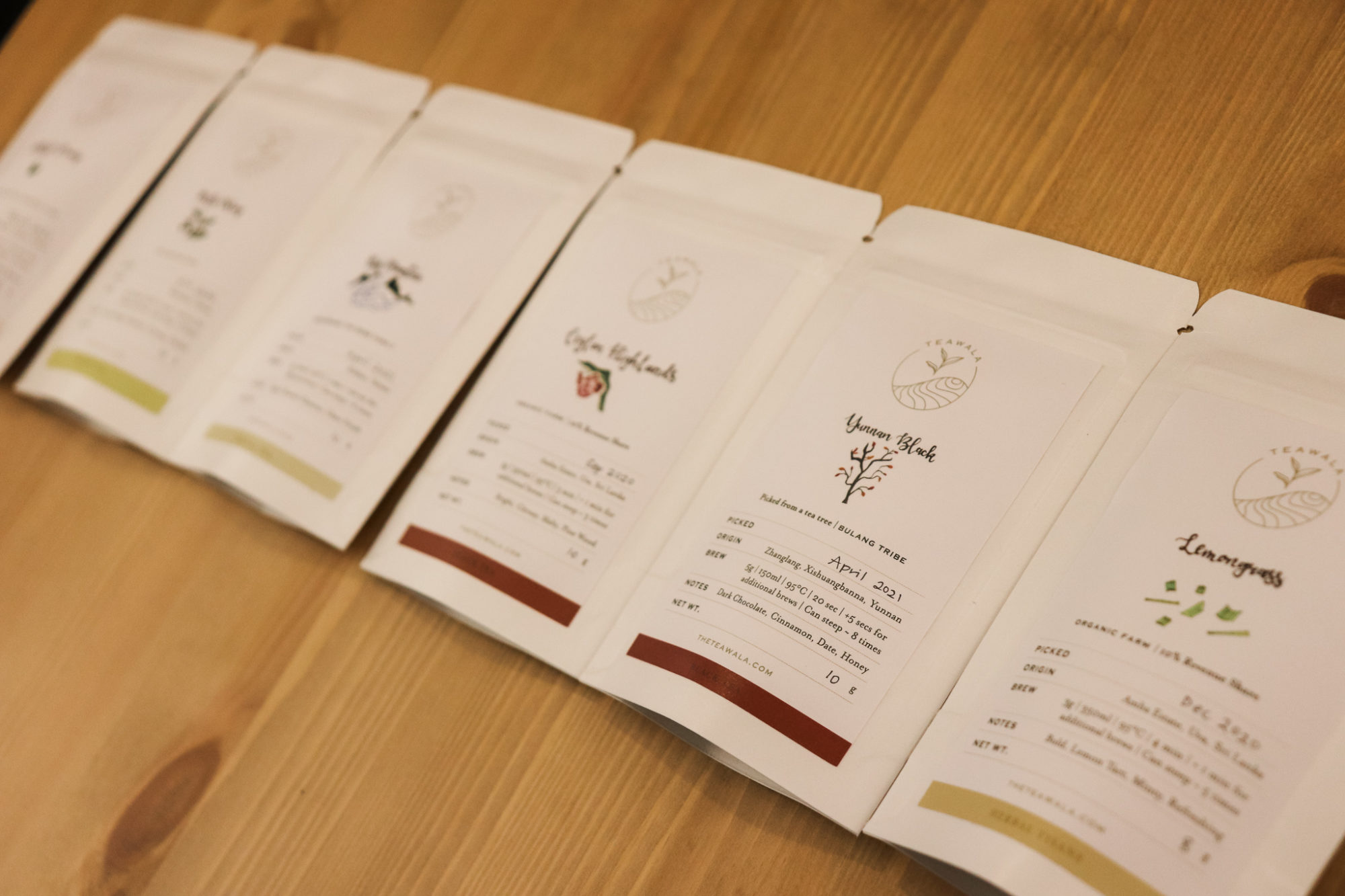
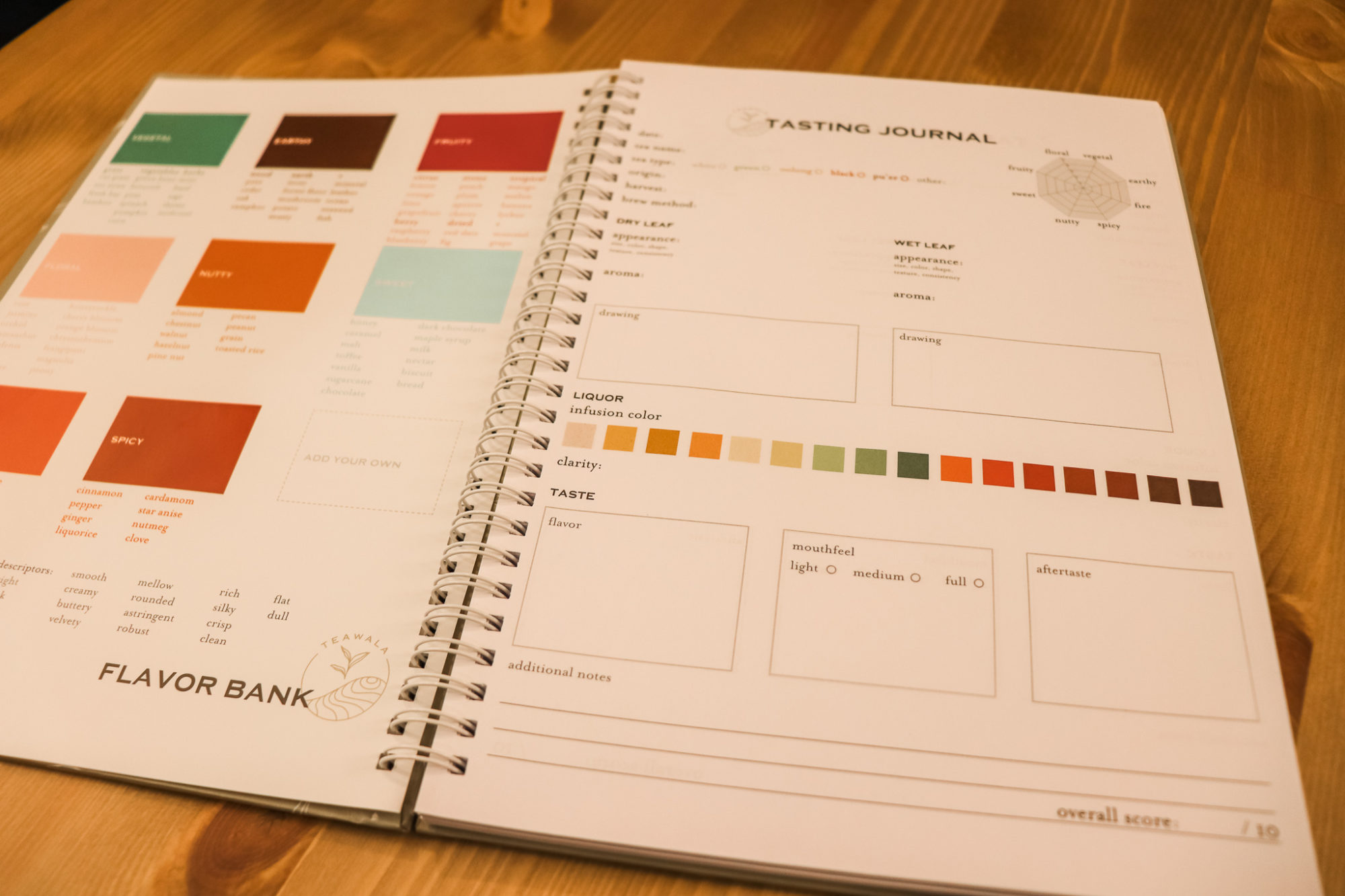
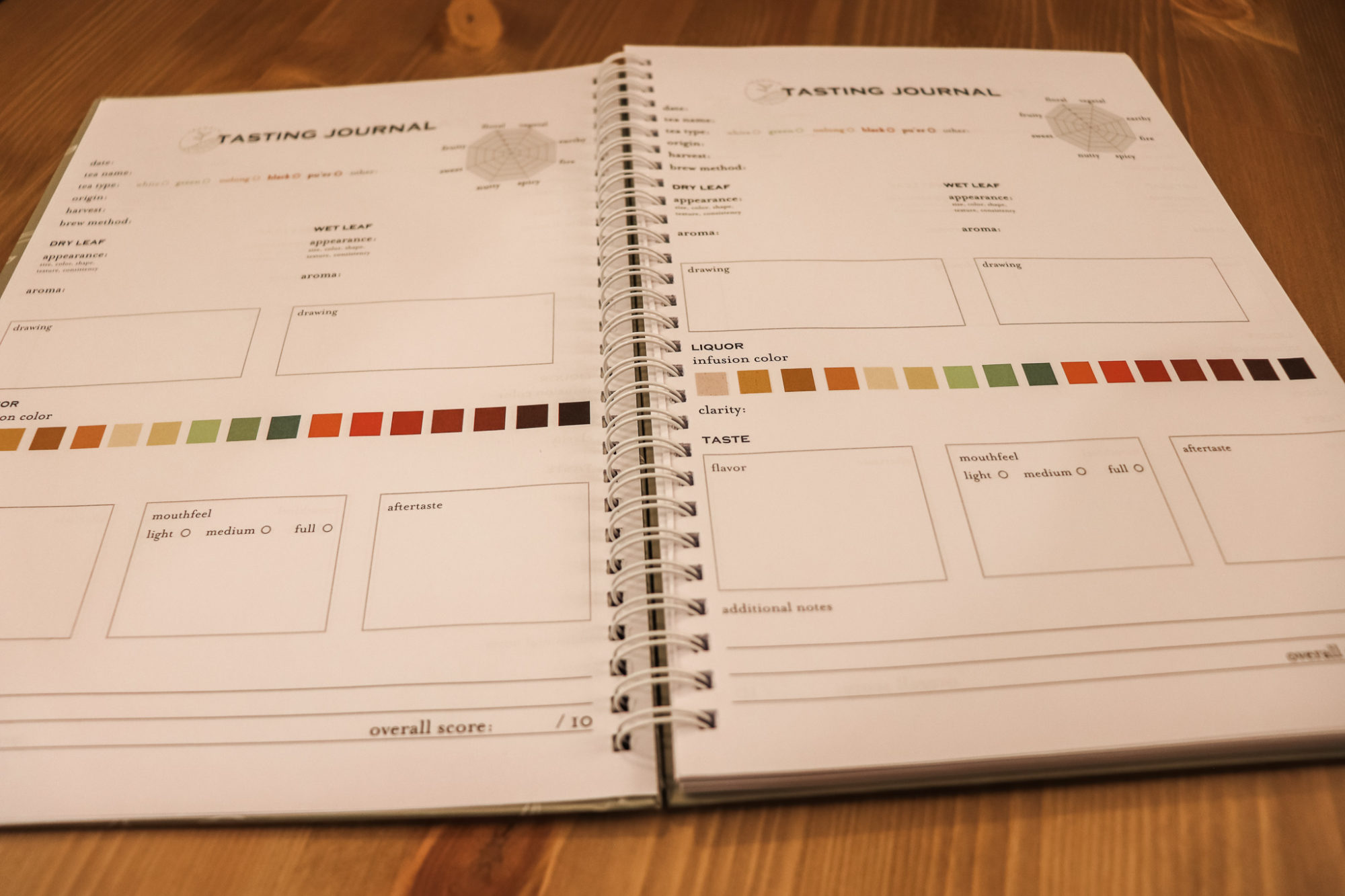

1 comment
There were a few manageable, brief homework dotted throughout each subject, while some are difficult where you need help of SweetStudy. They were created to assist pupils in applying what they had learned in the classroom. Which teas should be sampled during each phase of the course wasn’t quite apparent. I believe that is a positive development for many students. They are able to take their time drinking while following the race.